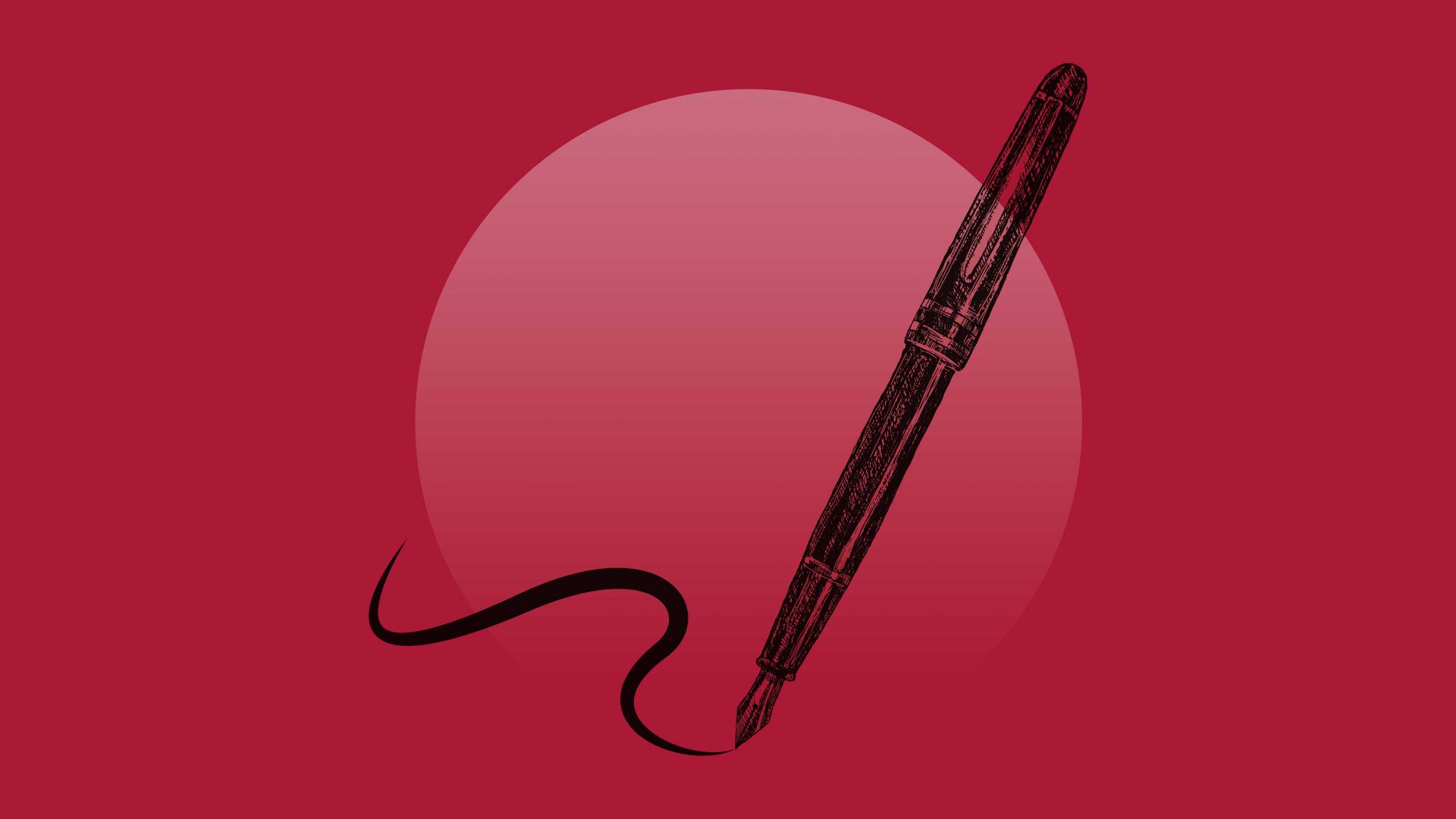We’ve just returned from Phoenix, which prompts me to give Germansplaining a break and try to USplain, for a change.
The reason for my journey to Arizona was Newsgeist, a pow-wow for journalists. It’s run by the Center for News, Technology and Innovation, the agenda is decided by the participants on arrival, and the focus is the same every year: the future of news.
In other words, how to save independent media. Which, at times, means saving it from itself.
One particular discussion point stuck with me, because it matters equally to journalists and news consumers in Europe. For years, and for good reason, every self-respecting media conference had the obligatory session on “diversity in the newsroom”. Which used to be code for: we are too white, too male, too old and too heterosexual.
Occasionally, “diversity of thought” would be thrown in, and everyone would nod earnestly before swiftly moving on. It wasn’t seen as a problem.
That, however, has changed.
Most Newsgeist participants work for what you might call “progressive media” – from local papers to national TV, start-ups and NGOs. Many of them admitted that despite years of self-flagellation after Donald Trump’s election in 2016, American journalism was still failing to reach and to serve certain audiences. Not the die-hard MAGA disciples – but ordinary people who felt unheard.
Take the 2020 election. Journalists, armed with facts, quickly and correctly concluded that Joe Biden had won. But a sizeable number of Americans weren’t convinced. And here, as one participant put it, newsrooms made a crucial mistake: they didn’t distinguish between those who believed the election was rigged and those who merely feared it might have been.
Had more journalists tried to understand that fear, they would have discovered that people were uneasy about the Covid-era surge in postal voting, who wondered whether it made elections more vulnerable to fraud.
Instead, the frequent media response was a collective “You’re wrong!” The result? Readers and viewers migrated to MAGA news outlets for good, because there they felt respected.
An attempt wasn’t made to try to persuade them otherwise.
Similarly in Germany, people with concerns about the Covid vaccine felt snubbed by journalists and saw themselves portrayed as idiots.
But when the US president takes a wrecking-ball for his country’s values and institutions, you can understand why journalists take sides.
But as one participant put it: “The more partisan you become, the more you prove Trump right when he calls you partisan.” In other words: stop trying to win arguments, start caring about your audience again.
That, it seems, is now happening.
From what was shared in Phoenix, several American outlets have begun to rethink who and how they hire. Studies have long shown that journalists on average lean further left than the median voter – but, as one editor said, “It would be awkward to ask for political affiliations in a job interview.”
So instead, he now looks for people who grew up on farms, in religious communities, who served in the military or were home-schooled. “No matter whom they vote for themselves, at least they’re in touch with Trump’s base,” he said.
Another media executive described her newsroom as a “battlefield” since she started bringing in people who considered themselves moderates “but were seen as far right extremists by some colleagues”. Especially by her social media team, who at first “refused to voice any conservative content.”
A big newspaper took yet another approach and started to “hire for curiosity”. Candidates are asked to fill in a questionnaire designed to test their open-mindedness. Sample questions include: “Name three issues you’ve changed your mind about in the past few years” and “Which author do you detest but read because they make you uncomfortable?”
Apparently, applicants over 30 get it. Younger ones, though, treat it like an exam in advanced wokeness – and try to overperform. “They think we’re testing them for purity,” the editor sighed.
Many US newsrooms now actively reassess the effects of affirmation and advocacy journalism on their credibility. That’s one challenge addressed. But there’s a bigger one: the very serious concern about Trump coming down hard on news media who are “against” him. But that’s for another column.




